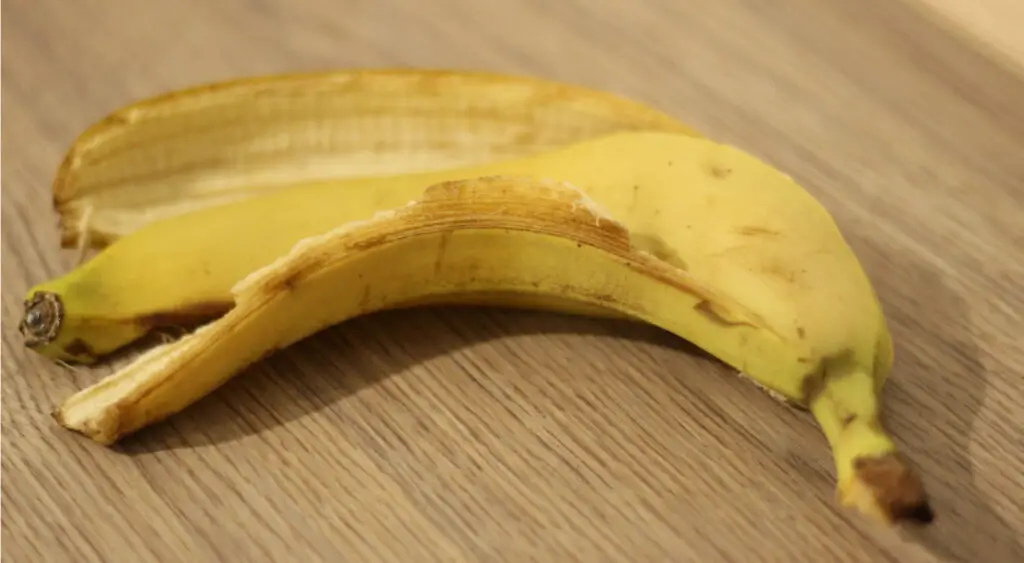What is anemia?
Anemia is a common health issue that occurs when the body organs and tissues lack oxygen and cannot perform their functions properly. Anemia is closely related to iron deficiency, which is essential for hemoglobin production in the body. If the body lacks iron, the red blood cells have a decreased oxygen-carrying capacity to perform their function.
Symptoms of anemia
People, who suffer from mild anemia, experience fatigue throughout the day, whereas people, who have severe anemia, experience weakness, shortness of breath, irregular or fast heartbeat, pale skin, pain in the chest, cognitive impairment, dizziness, and so on.
How to treat anemia?
One of the best ways to treat anemia is to add more iron-rich foods to your diet. Here is a list of foods that you can consume:
1. Liver
100 grams of liver contains 44.55 mg of iron
Liver is a common American and Asian dish. Due to its high content of iron, the World Health Organization stated that only 15% of the Asian population suffers from anemia.
2. Clams
100 grams of clams contain 28 mg of iron
If you suffer from anemia, you should add shellfish to your diet because it is rich in iodine and iron.
3. Morel mushrooms
100 grams of morel mushrooms contain 12.18 mg of iron
Mushrooms are rich in iron and you can add them to soups, stir-fries, egg scrambles, cream-based pasta, and so on.
4. Cacao or dark chocolate
100 grams of dark chocolate contain 11.90 mg of iron
Dark chocolate is loaded with iron, magnesium, and copper. Therefore, it is a perfect food choice for people who suffer from anemia.
5. White beans and lentils
100 grams of white beans contain 10.44 mg of iron, whereas 100 grams of lentils contain 7.39 mg of iron
Lentil and white bean salad is a great source of iron. Mix them and add herbs, olive oil, pepper, and salt to taste.
6. Pumpkin seeds and squash
100 grams of squash contain 8.82 mg of iron
If you want to preserve the nutritional value of pumpkin seeds and squash, you should use them boiled and steamed. You can consume them as a side meal or combine them with quinoa, rice, and risotto.
7. Oatmeal
100 grams of oatmeal contain 6 mg of iron
Always choose oatmeal instead of commercial toaster pastries and cereals. Oatmeal is rich in iron but low in fat.
8. Lamb or lean beef
100 grams of lamb contain 2.80 mg of iron, whereas 100 grams of lean beef contain 5.46 mg of iron
Lean beef is high in iron and protein but low in fat. You can add it to rice, sandwiches, or vegetables.
9. Tofu
100 grams of tofu contain 5.36 mg of iron
Tofu is a healthier alternative to meat. It can be added to salads, soups, or can be used as a main dish. You can also consume tofu beverages.
10. Dried fruits
100 grams of dried apricots contain 2.26 mg of iron, 100 grams of dried currant contain 3.26 mg of iron whereas 100 grams of dried peaches contain 4.06 mg of iron
Dried fruits are becoming very popular in the world and are more expensive than fresh fruits.
11. Nuts
100 grams of hazelnuts contain 4.70 mg of iron, 100 grams of pine nuts contain 5.53 mg of iron, 100 grams of cashews contain 6.68 mg of iron, and 100 grams of almonds contain 3.86 mg of iron
Pine nuts, almonds, and cashews can be used as a salad topping.
12. Dark green leafy vegetables
100 grams of broccoli contain 2.14 mg of iron, 100 grams of kale contain 3 mg of iron, and 100 grams of spinach contain 3.57 mg of iron
Dark green leafy vegetables are recommended to people who suffer from anemia.
13. Olives
100 grams of olives contain 3.32 mg of iron
Olives have a specific taste, but they can be added to pasta and pizzas.
14. Asparagus
100 grams of asparagus contain 2.14 mg of iron
You can prepare asparagus in many ways. You can use it baked, steamed, or added it to soups and wraps.
15. Berries
100 grams of cherries contain 1 mg of iron, 100 grams of elderberries contain 1.60 mg of iron, and 100 grams of mulberries contain 1.85 mg of iron
Due to their high content of iron, berries are very beneficial for people who have anemia. Prepare a berry salad or add them to oatmeal or yogurt.








